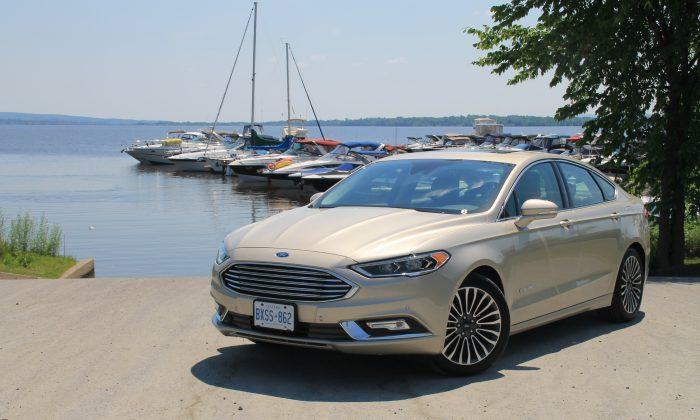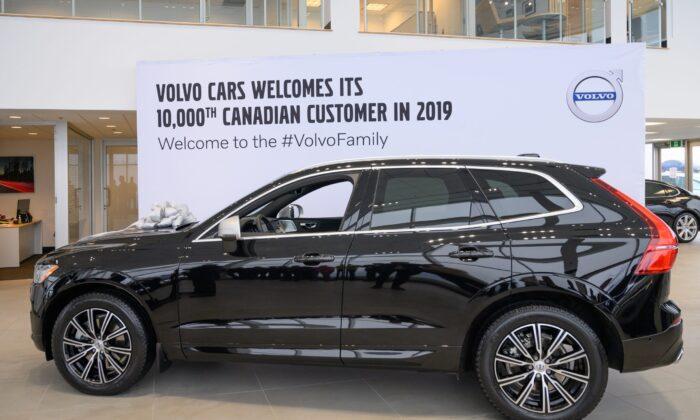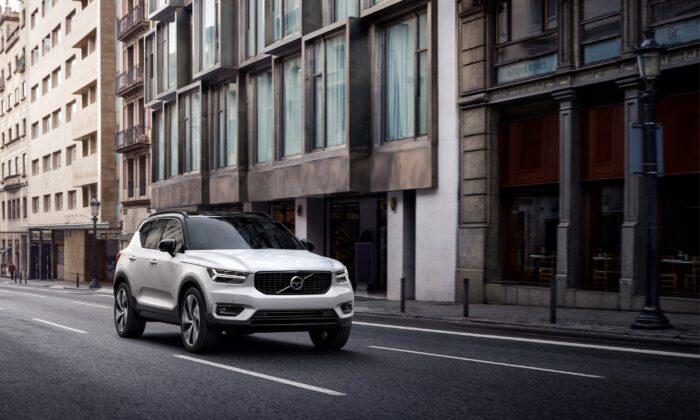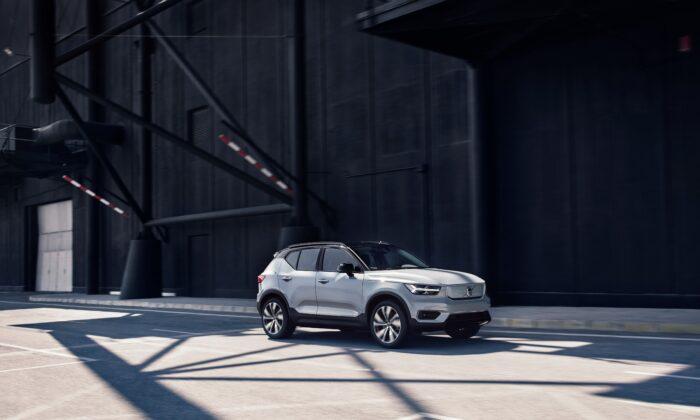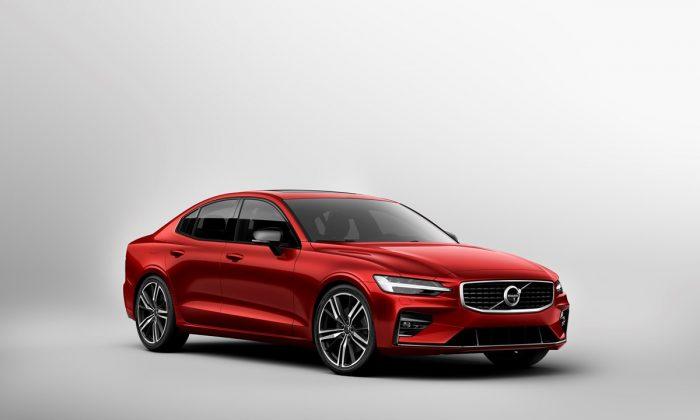ESTEREL - Originally introduced to the North American market for the 2006 model year, the Ford Fusion is a popular mid-size sedan with total sales in Canada up to the end of June, 2016 of 179,925 units sold.
This compares well to 218,477 new Camrys which found new homes during a comparable time frame. There is an asterisk beside Fusion, however, since the car made its debut late in 2005 and did not enjoy a full 12-month sales cycle.
Technically, the 2017 model is a refresh of the successful second generation model: the degree of refresh is in the eyes of the buyer.
Some might say that it is a major departure while there are those, like me, who see the changes in this vehicle as a subtle introduction to the future while adding some newer technology and features, enough to appease the discerning driver by politely taking on the competition in this category—while announcing its intent to Asian manufacturers, in particular both hybrid (HEV) and plug-in hybrid (PHEV) vehicles.
The Fusion is a car that is purchased not only by Ford’s loyal clientele, but by those attracted to a mid-size sedan boasting excellent design as well as the availability of the latest technology. Ford believes strongly that this vehicle will have strong appeal to previously loyal Toyota customers.
This Ford Fusion’s front end still has a definite Aston Martin look to it—especially the grill. Small wonder since Ford had a significant investment in the venerable British manufacturer from 1994 to 2007. For 2017, the still distinctive grille has been tweaked.
Regardless, during a heat wave at the end of June, we set off on a road trip through some of the most beautiful and picturesque scenery in rural Quebec toward our ultimate destination, Esterel Resort, east of Mont Tremblant.
Ford has seen fit to dub the mid-cycle launch of this relatively successful sedan under the banner the “Power of Choice”.
And what a choice there is. There is something for just about everyone. From the eco-warrior, green personality in touch with the environment and sustainability there’s the Fusion Energi to the very-soon-to-be-introduced Fusion V6 Sport with all-wheel drive for the driving enthusiast - and most everyone in between.
In Canada, the base Fusion, the S, is equipped with the naturally aspirated 2.5 L 4-cylinder. While conspicuously absent from Fusion collateral material, this workhorse engine accounts for 30 percent of all Fusions sold.

Ford believes, however, that customers will opt for either the 1.5 L EcoBoost on the SE, which is good for 181 hp and 185 lb-ft of torque, or the 2.0 L EcoBoost, producing 245 hp and 275 lb-ft of torque. The range topper will be the 2.7 L turbocharged EcoBoost, available on the V6 Sport - 325 hp and 380 lb-ft of torque, mated to all-wheel-drive.
Ford will continue to offer the Fusion Hybrid and Energi (plug-in hybrid, capable of 35 km of pure electric EV range in optimal conditions). The Hybrid uses the conventional hybrid technology, with regenerative braking, brief electric-only driving, and Ford SmartGauge with an eco-guide built into the computer.
For this particular drive, we focused primarily on the Hybrid, which proved to be a very well put together driving machine offering an excellent ride, responsive handling and braking and a surprising lack of cabin noise - even when driven hard.
The Hybrid is equipped with a 1.4 kWh lithium-ion battery coupled to the gasoline motor, and the car has a total of 188 hp which is quite competitive with the Honda Accord Hybrid and the Toyota Camry Hybrid.
Neither Camry nor Accord offers a plug-in hybrid.
Here’s a fun-fact: both electrified Fusions deliver impressive overall performance with electric-only speeds up to 135 km/h (while we do not advocate this speed on our highways, I can report that a colleague proved the engineers were not lying) when engaged strictly in electric mode.
The new Energi has a range of 35 km in EV mode before waking up the gas engine. It is estimated that the Energi will offer motorists a probable range of just shy of 1,000 km. Regenerative braking captures up to 95 percent of the energy lost through heat during braking and recharges the hybrid battery while on the move.
Most consumers considering this auto will likely not notice many if any differences to the exterior from the previous model year. The interior, however, is a different story. The most evident physical changes are noticeable as soon as you look at the centre console. A rotary gear selector, not unlike the latest Jaguar vehicles, has replaced the classic gear shifter.
While we did not attempt this, during the technical presentation, engineers advised when the vehicle is turned off (even if left in gear), the selector automatically shifts into “Park” for safety. There is also a new electronic parking brake, the e-brake, positioned just behind the new gear selector.
The interior also now uses more premium materials as well as providing additional storage space. In fact, in the Energi, for the vehicle driven, the interior was a very pleasant two-tone combination. The cupholders (Canadians love their cupholders) have been reconfigured for maximum space efficiency and better accommodation of varying sizes of beverage containers, as well as convenient locations for our now ubiquitous smart phones.

The new Fusion also launches with SYNC 3—a much-improved, self-contained infotainment system which now includes Apple Car Play and Android Auto. Connecting a Samsung S6 took moments, and streaming music and other Android-powered applications proved quite seamless and intuitive.
All models other than the base S and the SE (when equipped with the 2.5 L naturally aspirated engine) come ready with automatic start/stop technology for fuel savings, as well as active grille shutters—all to assist with improving overall fuel economy and reducing the ongoing cost of ownership.
Ford engineers have ensured their start/stop technology is remarkably quiet and seems almost vibration/shudder free. Some might find this technology annoying but it can easily be disengaged.
The 2017 Ford Fusion starts at $23,688 for the base S model with the 2.5 L engine. The volume seller will likely be the SE, which starts at $25,588. On the SE, the 1.5 L engine costs an extra $900, while the 2.0 L EcoBoost costs an additional $3,000.
A nicely equipped Fusion with a few technology packages and the 1.5 EcoBoost can be purchased for less than $30,000—which is the sweet spot MSRP-wise for the vast majority shopping for a reliable mid-size vehicle.
Pricing for the Hybrid on the other hand, starts at $28,888 up to $41,988 for the top-of-the-line Platinum trim, while the Energi starts at $35,088 and goes up to $45,088 for the Platinum. It should be noted that the Ontario Ministry of Transportation offers an “incentive” on the 2017 Fusion Energi of $7,730.
In conclusion, North American manufacturers are now consistently designing, building, and packaging automobiles with broad appeal and yes, even with a value proposition. The Fusion is no exception.
Transportation and accommodation was provided by the manufacturer.
David Taylor is an independent automotive lifestyle writer based in Barrie, Ontario who is fascinated by innovation and technology which enhance the overall driving experience.
